Operating pressure vessel reactors in high-temperature environments requires an in-depth understanding of the challenges posed by elevated temperatures. It is essential to employ a combination of thoughtful design, high-quality materials, advanced safety systems, and regular maintenance to ensure the safety and reliability of the reactor under such extreme conditions. The operational safety of these reactors is not only crucial for avoiding accidents but also for maintaining optimal chemical reaction rates, energy efficiency, and overall process stability.
One of the most important considerations for operating pressure vessel reactors at high temperatures is selecting the right materials. The structural integrity of the reactor is dependent on the materials used, which must withstand the stresses imposed by elevated temperatures without degrading. High-alloy steels, titanium alloys, and other temperature-resistant materials are commonly used due to their superior resistance to thermal expansion, corrosion, and creep. Which refers to the gradual deformation of materials under stress at high temperatures, can lead to structural weaknesses over time. Therefore, it is essential to choose materials that maintain their strength and integrity even after prolonged exposure to high-temperature conditions.
Alongside the selection of appropriate materials, maintaining the pressure within safe limits is another critical aspect. High temperatures inside the reactor can lead to increased pressure, which, if not managed properly, may result in dangerous situations. Pressure relief systems such as pressure relief valves (PRVs) and rupture discs are installed to ensure that any excess pressure is safely released before it can build up to hazardous levels. These systems are designed to activate automatically when pressure thresholds are exceeded, thereby preventing over-pressurization, which could cause the reactor vessel to rupture. The effectiveness of these pressure relief systems depends on their correct sizing and regular testing to confirm that they can handle the maximum possible pressure under high-temperature conditions.
In high-temperature environments, it is also crucial to effectively manage heat. This can be achieved through proper insulation and the use of advanced thermal management systems. Insulating the reactor reduces heat loss or gain from the surrounding environment and helps maintain stable operating temperatures inside the vessel. Thermal insulation materials, such as ceramic fibers or high-temperature-resistant foams, are often used for this purpose. These materials not only minimize heat loss but also help prevent temperature fluctuations that could induce thermal stresses on the vessel walls, which over time can lead to cracking or other forms of material degradation.
Constant monitoring and control of critical parameters, such as temperature and pressure, are essential for safe reactor operation. Advanced instrumentation systems, including thermocouples, pressure transducers, and temperature sensors, enable real-time monitoring of the reactor’s internal environment. These sensors provide continuous feedback, allowing operators to adjust operational parameters as necessary. Automated control systems can be integrated with these instruments to ensure that the reactor is always operating within safe limits, making automatic adjustments to prevent overheating or over-pressurization. In the event of any anomalies or irregularities, the system can also alert operators and trigger emergency shutdown procedures if required.
To prevent overheating, many high-temperature reactors also incorporate heat exchange systems or cooling mechanisms. These systems are designed to dissipate the heat generated during the chemical reactions inside the reactor, ensuring that the temperature remains within the optimal range for the desired process. Heat exchangers use a cooling fluid or gas to absorb and carry away the excess heat, which is then dissipated through external cooling systems. Redundancy in these cooling systems is crucial; they should be designed to operate even if one component fails, ensuring continuous temperature control and preventing the reactor from reaching dangerous temperatures.
Another key factor in ensuring the safe operation of pressure vessel reactors in high-temperature conditions is routine maintenance and inspection. High temperatures can accelerate wear and tear on reactor components, particularly seals, gaskets, and valves, which are vulnerable to thermal expansion and material fatigue. Regular inspections help detect signs of deterioration or damage early, allowing for timely replacements or repairs. Key areas that require frequent attention include checking for thermal stress, corrosion, and signs of fatigue in critical components such as the reactor vessel walls, pressure relief valves, and heat exchangers.


 English
English русский
русский عربى
عربى

.jpg)
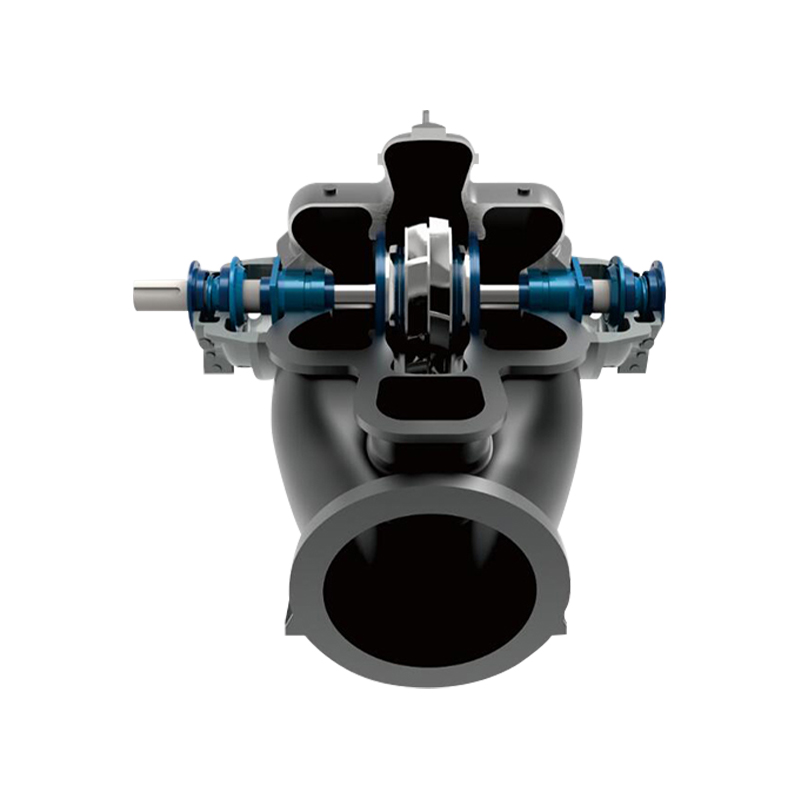
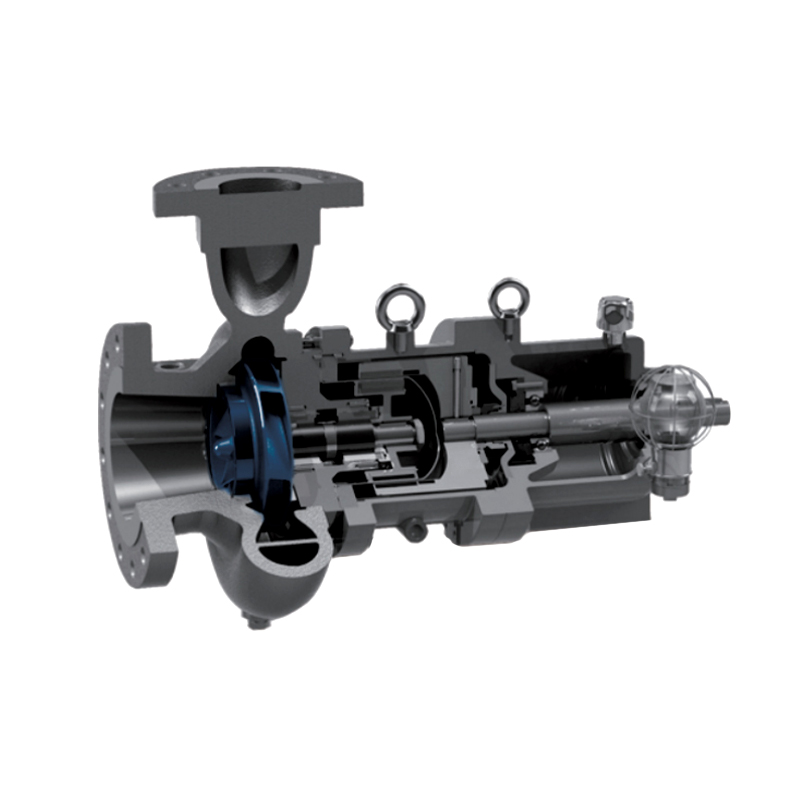
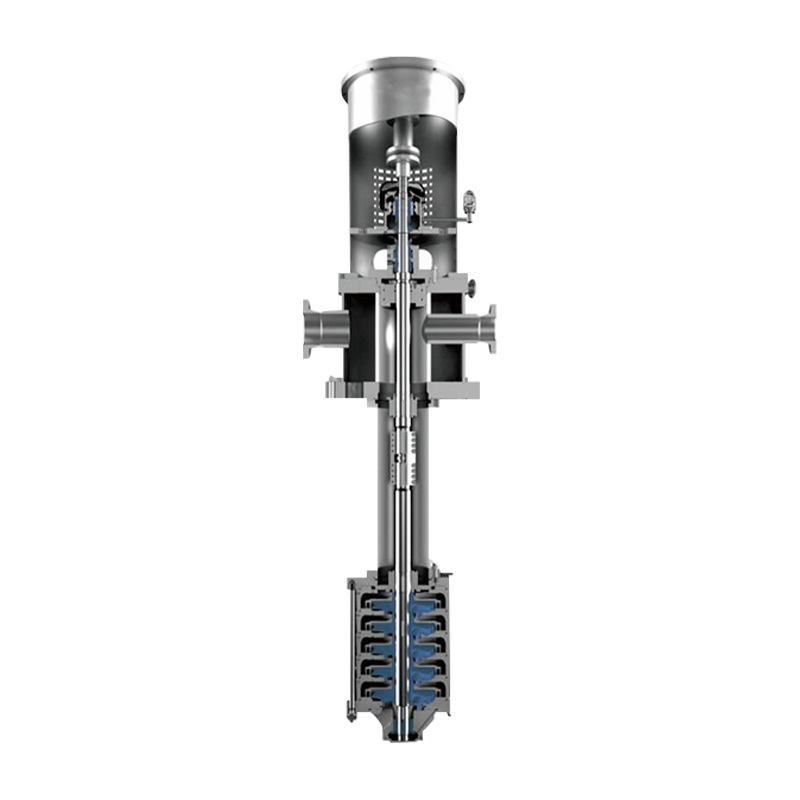
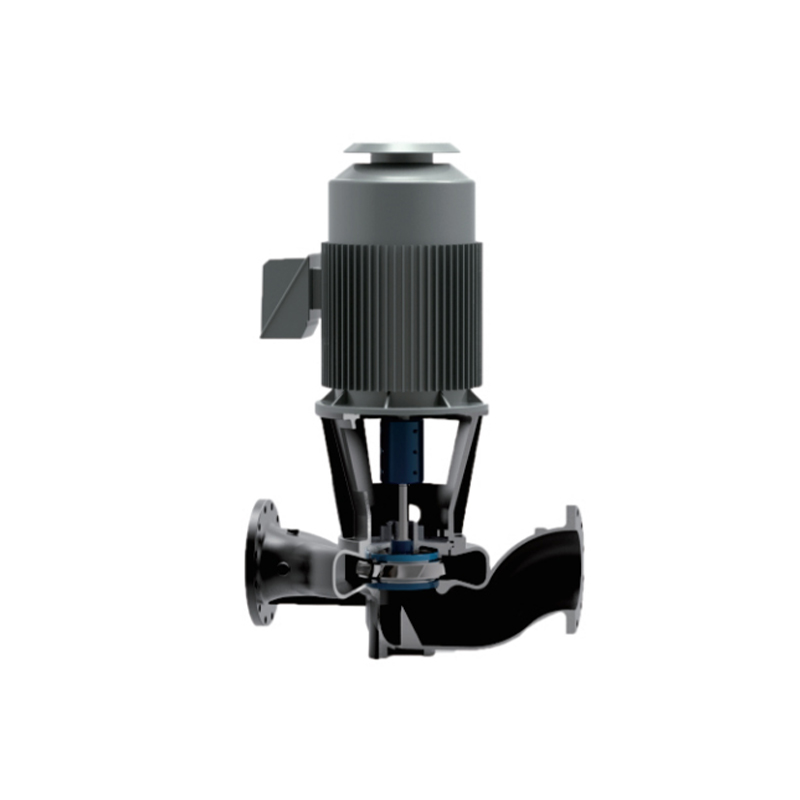
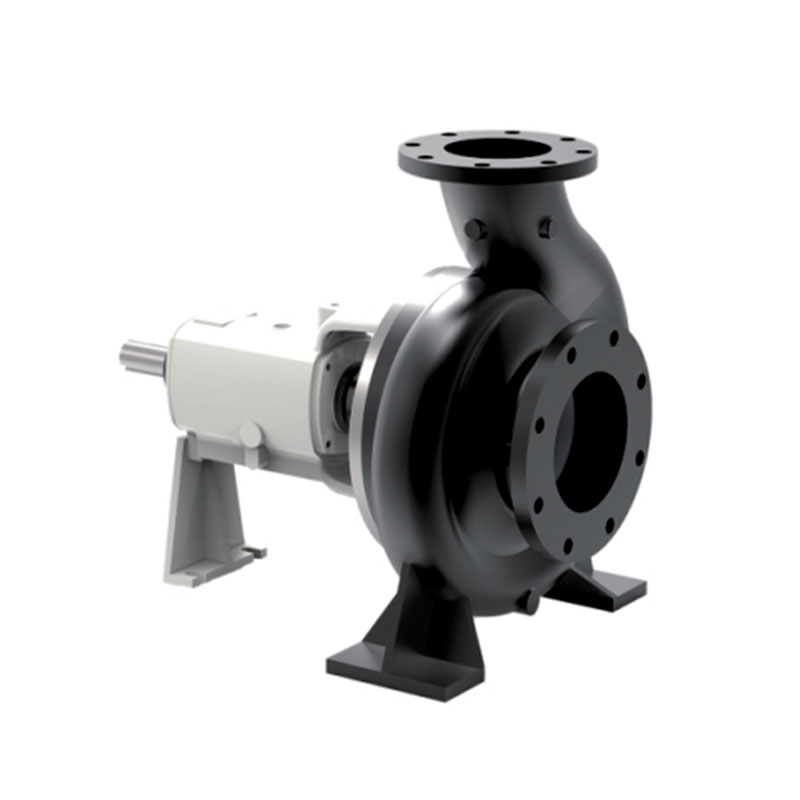
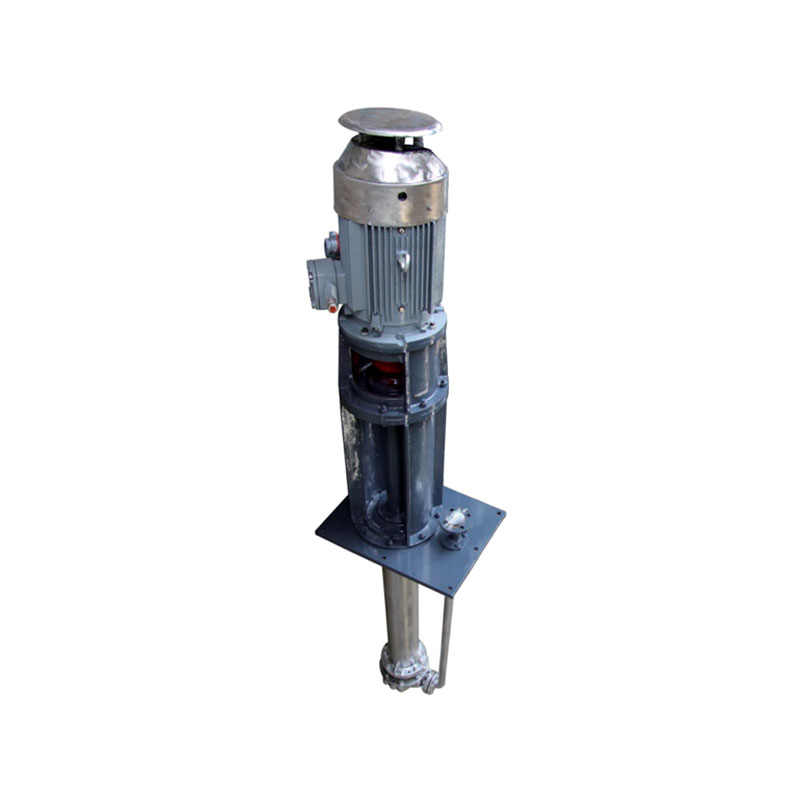
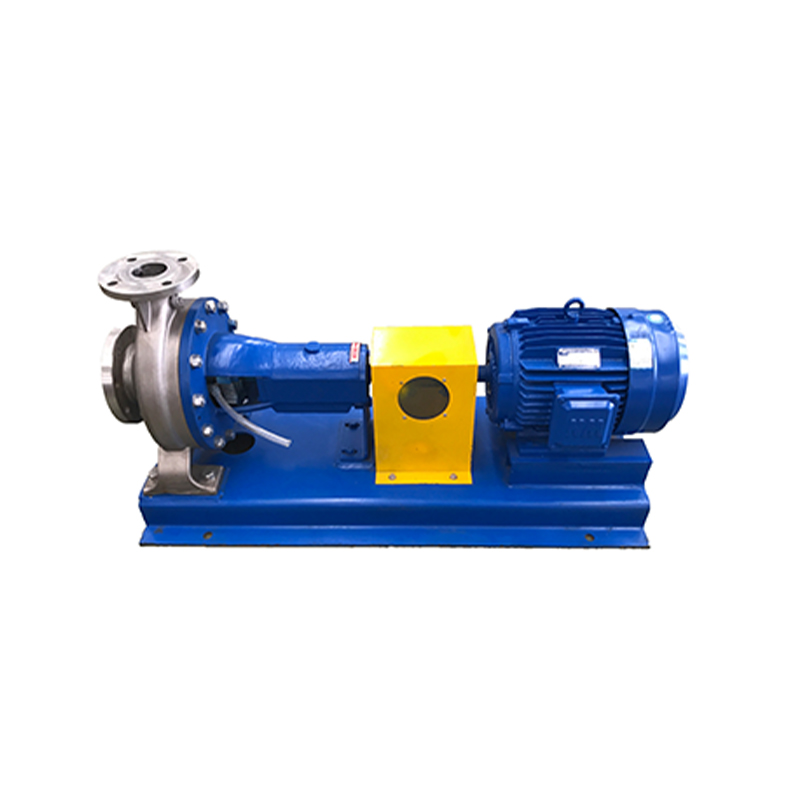

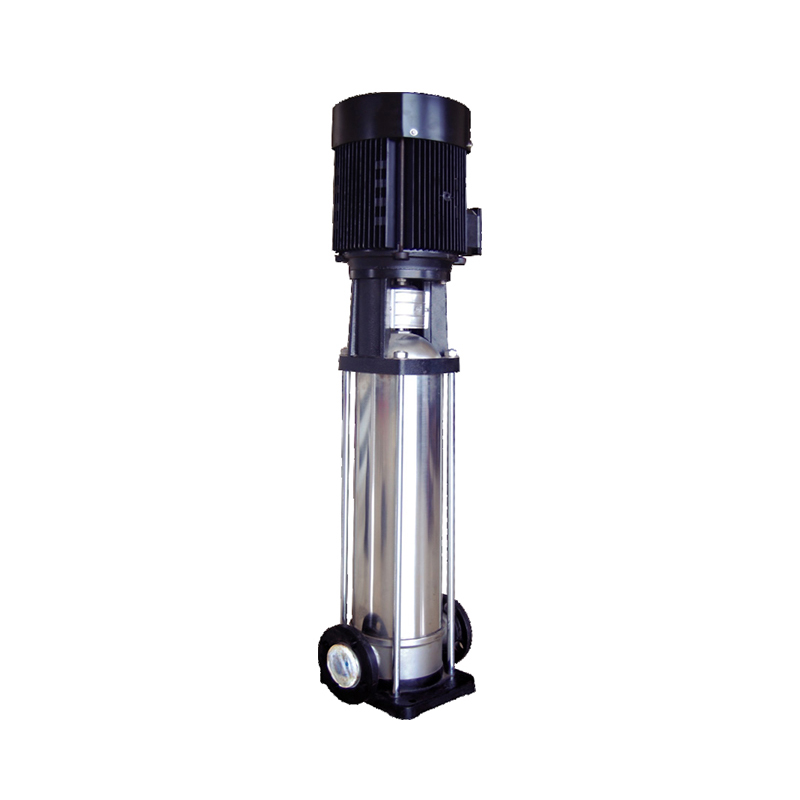






 ENG
ENG

 TOP
TOP